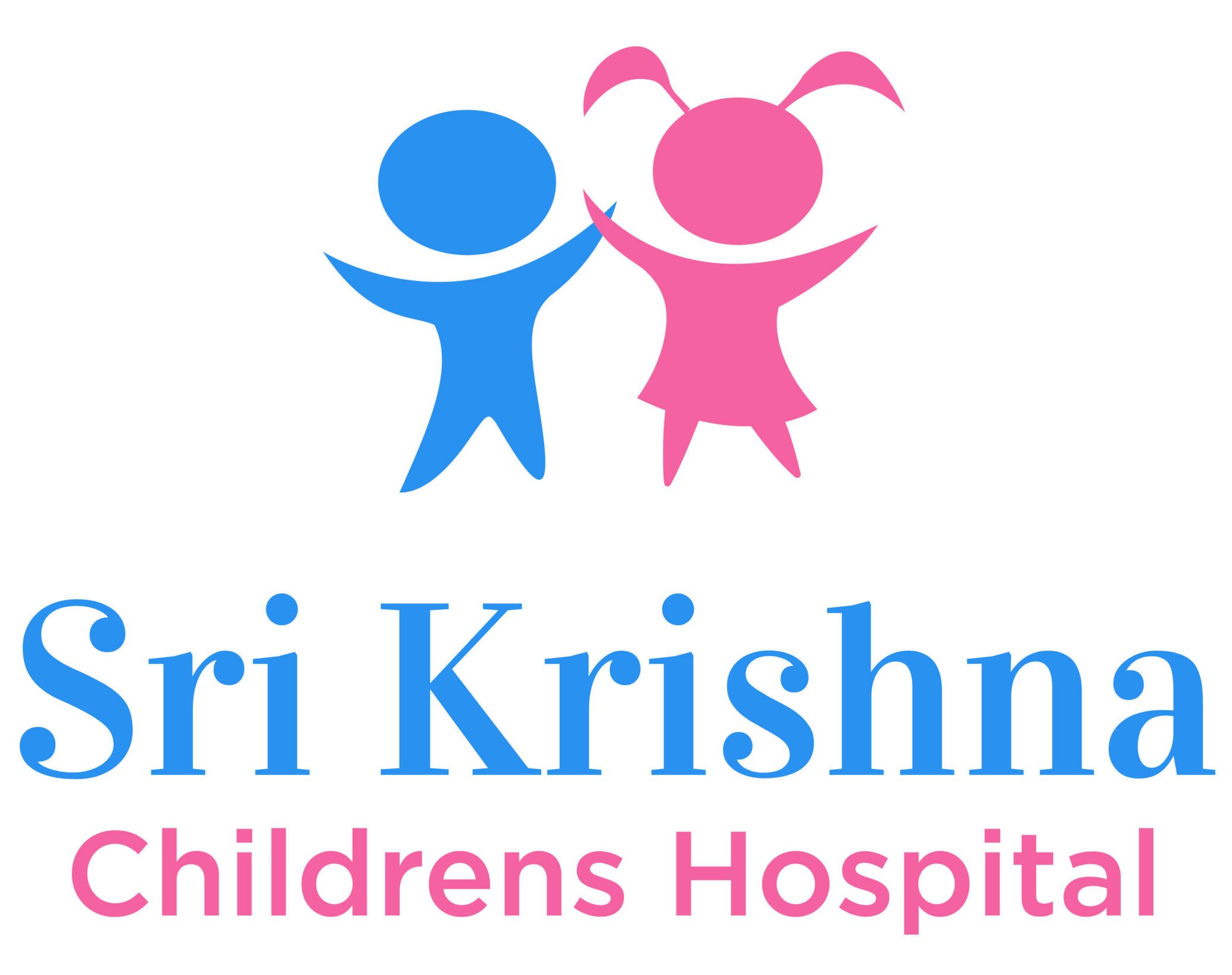Understanding children’s fungal infections is crucial for every parent. These infections, including infant ringworm and thrush diaper rash, can affect a child’s comfort and health significantly. The early detection and treatment of such infections are vital. Knowing the symptoms and causes can prevent complications. By being informed, parents can help ensure their children remain healthy and happy.
Decoding Fungal Infections
Fungal infections are caused by fungi, a type of germ different from bacteria and viruses. These infections range from mild skin irritations to severe health problems affecting internal organs. Children’s fungal infections may occur due to humid weather, poor hygiene, or close contact in crowded environments. Unlike bacterial infections that often need antibiotics, fungal infections require antifungal treatments. Parents should be aware of the potential impact that lifestyle and environment have on the development of fungal infections in children.
Common Fungal Infections in Children
In children, fungal infections typically manifest on the skin or are caused by yeast. Some of the most common infections include: – Ringworm: A circular rash that looks like a worm under the skin. It’s common on a child’s scalp or body. – Tinea versicolor: This causes small patches of skin to become lighter or darker. – Nail fungus: Leads to discolored, thickened nails that may crumble.
Yeast infections, like oral thrush and diaper rash, are also prevalent. Thrush diaper rash often occurs in babies and may cause the skin to turn red and inflamed. While these conditions sound severe, they’re usually treatable with proper medication. Paying attention to a child’s hygiene and seeking medical advice at the first sign of infection plays an essential role in managing these common infections.
Serious Fungal Infections: What to Watch For
While most children’s fungal infections are mild, some can be serious. Conditions like hyalohyphomycosis and chromoblastomycosis can lead to more severe health problems if left untreated, especially for children with weakened immune systems. These infections can cause fever, fatigue, and severe skin changes. Parents should be vigilant and seek immediate medical care if symptoms worsen or do not improve with initial treatment, ensuring the illness is addressed promptly and effectively.
Causes and Risk Factors of Children’s Fungal Infections
Fungi thrive in warm, moist areas. Factors like humid weather, crowded environments, and poor hygiene can increase the risk of children’s fungal infections. Kids with weakened immune systems, either from illness or medication, are particularly vulnerable. Fungi spread through direct contact or sharing items like towels or combs. Understanding these risks is key to preventing infections.
Recognizing the Symptoms of Fungal Infections
Parents should watch for typical signs of children’s fungal infections like redness and itching. These signs can appear as circular rashes or spots on the skin. Different infections may show unique symptoms, like white patches in the mouth for thrush or blisters for thrush diaper rash. Understanding these symptoms helps in seeking early treatment, which is often simple and effective. Prompt attention can prevent the infection from spreading or becoming complicated.
Treatment Options for Children’s Fungal Infections
Treating children’s fungal infections often involves antifungal medications. These can be applied as creams, ointments, or sometimes oral medication for more severe cases. Common treatments include: 1. Topical Antifungals: Such as clotrimazole for skin applications. 2. Oral Medications: Like fluconazole for systemic infections. 3. Natural Remedies: Some parents explore alternatives like tea tree oil, although these should be discussed with a doctor.
Always consult a healthcare professional for the best course of action. Completing the full course of treatment is essential to prevent the return of the infection and to ensure a full recovery.
Prevention and Hygiene: Breaking the Cycle of Fungal Infections
Maintaining good hygiene habits can help prevent children’s fungal infections. Here are some tips: – Encourage regular hand washing. – Keep children’s nails trimmed and clean. – Use talcum powder in sweaty areas to keep them dry.
In community spaces, like schools or daycare centers, infections can spread easily. Parents should teach their children not to share personal items. Nutrition also plays a valuable role in boosting the immune system, providing further protection against infections. Incorporating fruits and vegetables into meals and ensuring proper hydration can support a child’s overall health.
Tackling Myths and Misconceptions
There are several myths about children’s fungal infections. One common myth is they only affect kids who are not clean. This misconception can lead to mistreatment and stigma. Fungal infections can affect any child. Understanding the science helps parents address problems appropriately, avoiding fear, and taking effective measures such as early medical consultation and treatment.
The Social and Psychological Dimensions of Fungal Infections
Visible children’s fungal infections can impact self-esteem. Kids might feel embarrassed or avoid social interactions. Parents can help by offering reassurance and support, emphasizing the temporary nature of infections. Engaging in awareness programs can promote understanding in the community. In India, community health programs aim to reduce infection rates through education and resource sharing, supporting both prevention and treatment efforts effectively. This community involvement is essential for combating stigma and fostering a supportive environment for affected children.
By acknowledging these aspects, parents are better equipped to help their children through the difficulties of fungal infections, ensuring quick recovery and improved wellness.


